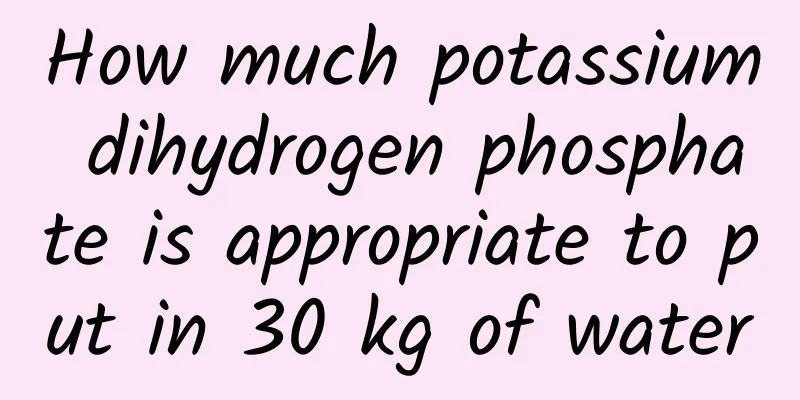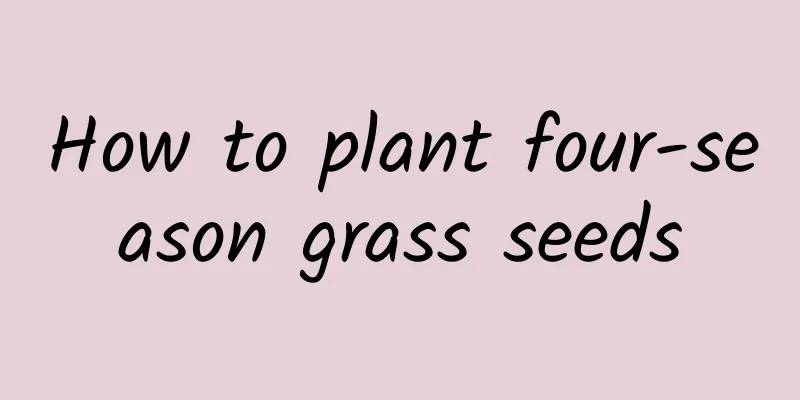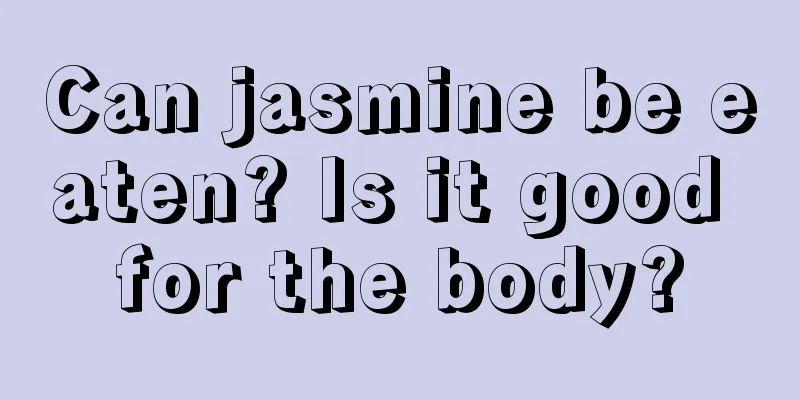How much potassium dihydrogen phosphate is appropriate to put in 30 kg of water

|
Potassium dihydrogen phosphate has always been a star product and most farmers have used it. However, many farmers use it as foliar fertilizer, but they don’t know that potassium dihydrogen phosphate can be used as more than just foliar fertilizer. It can also be used for root irrigation, root dipping, flushing, seed soaking, seed mixing, etc. It can even be used as seed fertilizer and base fertilizer. So, how should we use potassium dihydrogen phosphate? Using it well is not only about using a large amount, but also about using it correctly to save money and get good results. Potassium dihydrogen phosphate can be used on most of the fruits, vegetables and crops we know. For fruit crops, Solanaceae crops, and underground tuber crops, the clever use of potassium dihydrogen phosphate can play a decisive role in promoting flowering, fruiting, increasing production, and improving quality. How much potassium dihydrogen phosphate should be put in 30 kilograms of water?Generally speaking, there are not many limitations on the use of potassium dihydrogen phosphate. Because potassium dihydrogen phosphate has good applicability and safety, it can be used as base fertilizer, topdressing fertilizer, and seed fertilizer. It can also be used as water-soluble fertilizer for flushing, root irrigation, seed soaking, etc. Moreover, potassium dihydrogen phosphate can also be used to dip the roots of crops during transplanting. However, the most cost-effective way to use it is to spray it as foliar fertilizer. Generally speaking, the concentration of potassium dihydrogen phosphate varies depending on how it is used. As foliar fertilizer, the general dosage is 0.3%, which is 50g of potassium dihydrogen phosphate per 30kg of water. If used for root irrigation, 35 grams of potassium dihydrogen phosphate is generally added to 30 kilograms of water. If soaking seeds, add 50 grams to 30 kilograms of water and soak for about 12-16 hours. Generally, we need to pay attention to some issues in agricultural production. First of all, it is best to use it on cloudy days or sunny days between 9-10 am or 4-6 pm. It is not suitable for spraying during the high temperature at noon. In addition, it is not suitable to spray on rainy days. It is best to use it during the peak period of crop phosphorus and potassium supplementation, and the effect will be better. |
Recommend
Management of wheat during winter
As the temperature gradually decreases, the growt...
Can Osmanthus fragrans be planted in Hebei?
Can Osmanthus fragrans be planted in Hebei? Sweet...
How to grow Guanyin bamboo well
1. Hydroponic plants (1) Type of water: For hydro...
How to fertilize the Queen Ruyi
This plant fertilization operation This plant doe...
How to grow petunias in autumn
1. Is autumn maintenance important? For petunias,...
Planting and management methods of honeysuckle
1. How to plant honeysuckle Planting time: Honeys...
How long is the growth cycle of a locust tree?
Sophora japonica growth cycle The growth cycle of...
How to germinate succulent seeds
1. Astigmatism During the germination period of s...
How to deal with ping pong chrysanthemum after it blooms (pruning and maintenance)
1. Pruning after flowering After the ping pong ch...
How to make the orchid bloom
1. Temperature It prefers warm areas, and the tem...
Cultivation methods and precautions of small ball roses
1. Lighting The miniature rose prefers a dry and ...
How to grow baby's breath in autumn
1. Provide suitable temperature It likes warmth, ...
How to grow Clivia leaves so that they are shiny
1. Proper lighting During the cultivation period,...
How to propagate Begonia by cuttings
time Begonia can be propagated by cuttings all ye...
Taboos on growing gerbera in winter
The temperature should not be too low It is not a...









